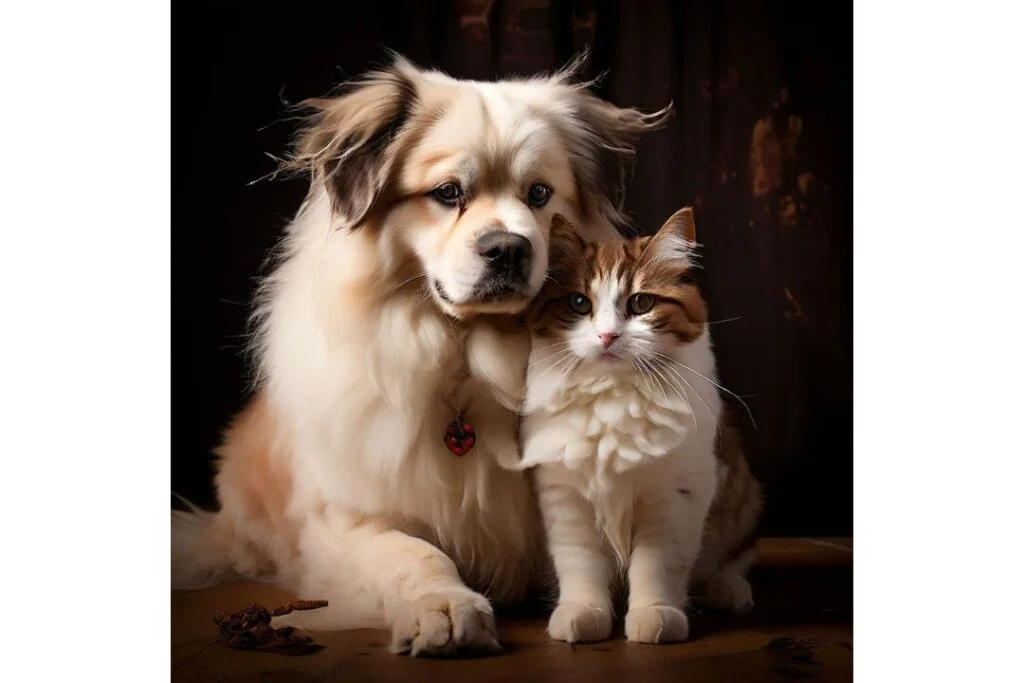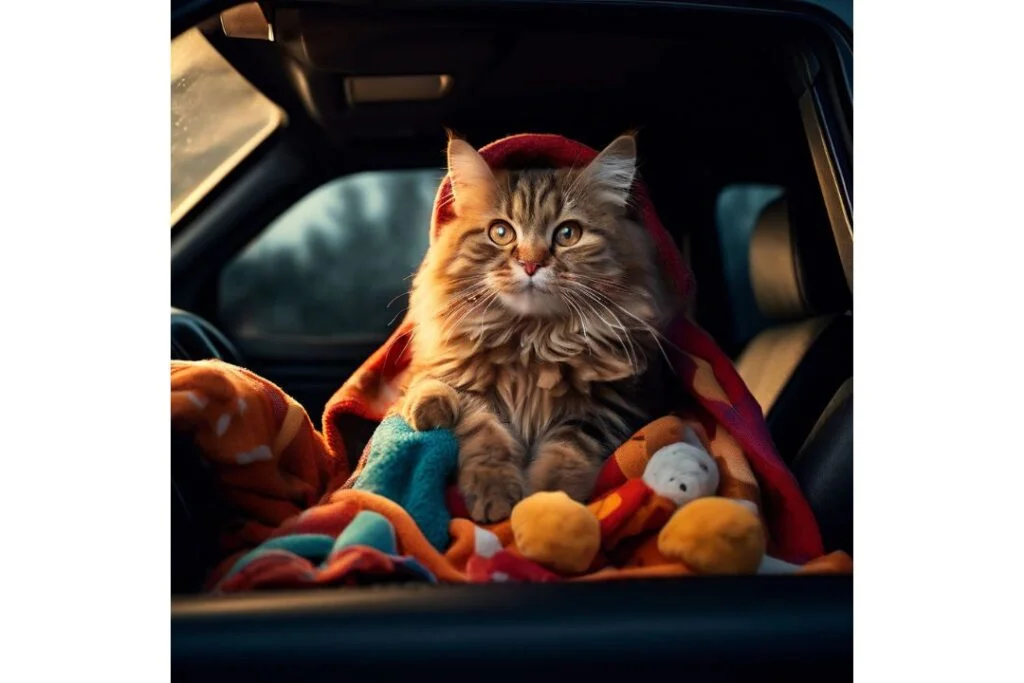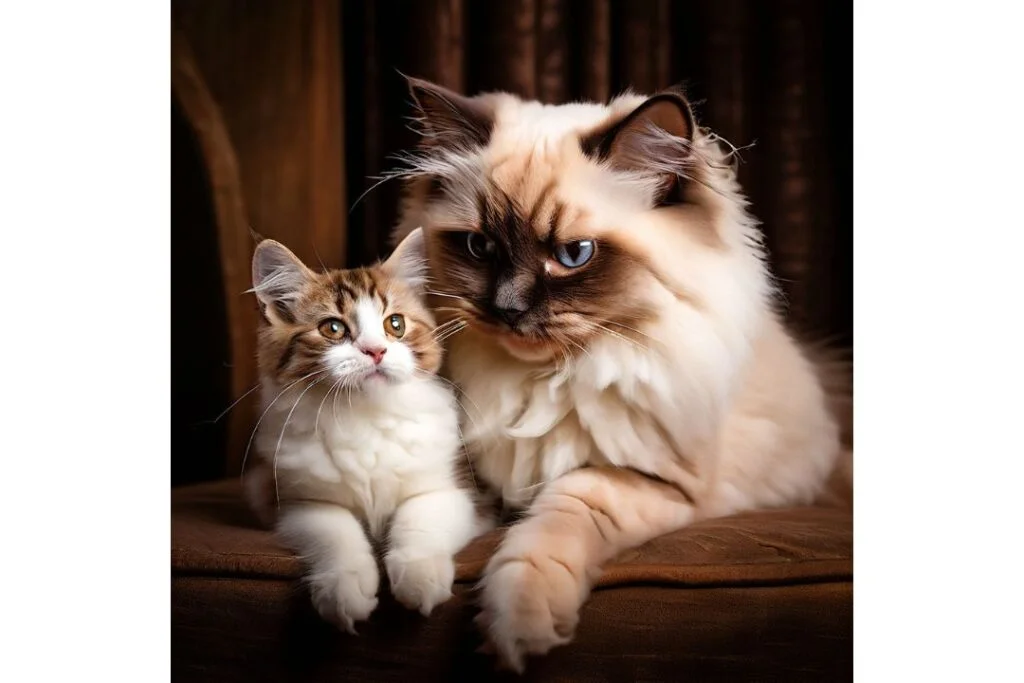Ragdoll cats are a unique and beloved breed known for their striking appearance and affectionate nature. Whether you’re considering adopting one or are just curious about these beautiful felines, understanding how to identify a Ragdoll cat is essential. In this comprehensive guide, we’ll explore How to Identify a Ragdoll Cat and everything you need to know about Ragdoll cats, from their physical characteristics to their behavioral traits, and much more.
History of Ragdoll Cats
The story of the Ragdoll cat begins in the 1960s in Riverside, California. Ann Baker, a Persian cat breeder, discovered a domestic longhaired white cat named Josephine. After Josephine was involved in a car accident and subsequently treated, her next litters displayed unique characteristics. These kittens, noted for their docile and placid nature, became the foundation of the Ragdoll breed.
Baker trademarked the name “Ragdoll” and set strict breeding guidelines, emphasizing the breed’s distinctive traits. Over the years, Ragdolls gained popularity and were recognized by various cat fancier associations, becoming a favorite among cat enthusiasts worldwide.
Physical Characteristics of a Ragdoll Cat

Size and Weight
Ragdoll cats are known for their large size. Males typically weigh between 15 to 20 pounds, while females are slightly smaller, ranging from 10 to 15 pounds. Their substantial size is one of the first indicators that you might be looking at a Ragdoll.
Coat and Color Patterns
Ragdolls have semi-long, silky fur that doesn’t mat easily, making them relatively low-maintenance despite their fluffy appearance. They come in several color patterns, including:
- Colorpoint: Darker colors on the ears, face, paws, and tail.
- Mitted: Similar to the colorpoint but with white “mittens” on the paws and a white chin.
- Bicolor: A mix of white and colorpoint, typically with a white inverted “V” on the face and a white belly.
The colors can range from seal, blue, chocolate, and lilac to more rare hues like red and cream.
Eye Color
One of the most mesmerizing features of a Ragdoll cat is their striking blue eyes. The intensity of the blue can vary, but all purebred Ragdolls have blue eyes, which is a hallmark of the breed.
Unique Features
Ragdolls have a sturdy body with a broad chest and a muscular build. Their heads are wedge-shaped with a flat top, and they have medium-sized ears that are rounded at the tips. Their tails are long and bushy, often carried proudly.
Behavioral Traits of Ragdoll Cats
Personality and Temperament
Ragdolls are often described as “puppy-like” due to their friendly and affectionate nature. They tend to follow their owners around the house, eager to be involved in whatever you’re doing. Their gentle disposition makes them ideal for families and individuals alike.
Interaction with Humans

These cats are known for their relaxed and laid-back attitude. They enjoy being held and often go limp when picked up, which is how they earned their name “Ragdoll.” This trait, combined with their love for cuddling, makes them excellent companions.
Identifying a Ragdoll Kitten
Key Physical Traits
Ragdoll kittens are born white and gradually develop their color patterns as they grow. By the time they’re around 10 days old, you’ll start to see the points on their ears, nose, and tail. Their blue eyes and soft, fluffy fur are early indicators of their Ragdoll heritage.
Behavioral Tendencies
Even as kittens, Ragdolls display a calm and affectionate demeanor. They are curious but not overly energetic, preferring to stay close to their human companions rather than exploring independently.
Growth and Development Stages
Ragdolls grow slowly compared to other breeds, taking up to four years to reach full maturity. During this time, their color patterns and size will continue to develop, solidifying their Ragdoll identity.
Common Myths About Ragdoll Cats
Misconceptions About the Breed
There are several myths surrounding Ragdoll cats, such as the idea that they are hypoallergenic. While their coat may produce fewer allergens than some other breeds, they are not truly hypoallergenic. Another common myth is that all Ragdolls are completely laid back; while many are, they still have individual personalities and can be playful and active.
Debunking Myths
Understanding the truth about Ragdolls can help you better appreciate and care for these wonderful cats. They do require regular grooming, they can develop health issues, and their relaxed nature doesn’t mean they’re immune to stress or anxiety.
Ragdoll Cat Health and Care
Common Health Issues
Ragdolls are generally healthy, but they can be prone to certain genetic conditions such as hypertrophic cardiomyopathy (HCM), a form of heart disease. Regular vet check-ups are crucial to catch any potential issues early.
Grooming Needs
Despite their long fur, Ragdolls don’t shed as much as you might expect. Weekly brushing is usually sufficient to keep their coat in good condition and reduce shedding.
Dietary Requirements
A balanced diet is essential for maintaining a Ragdoll’s health. High-quality cat food that meets their nutritional needs, along with regular feeding schedules, will help keep your Ragdoll in top shape.
Difference Between Ragdoll Cats and Other Breeds
Social Behavior with Other Animals

Ragdolls are typically very sociable and get along well with other pets, including dogs. Their non-aggressive nature means they rarely assert dominance, making them a good choice for multi-pet households.
Comparison with Similar Breeds
Ragdolls are often compared to other longhaired breeds like the Birman and the Maine Coon. While they share some similarities, such as affectionate personalities, Ragdolls are unique in their relaxed nature and striking blue eyes.
Unique Identifiers
The combination of their large size, blue eyes, specific color patterns, and docile temperament make Ragdolls stand out from other breeds. If you’re unsure, these characteristics can help confirm if a cat is a Ragdoll.
Purchasing a Ragdoll Cat
What to Look for in a Breeder
When looking to purchase a Ragdoll cat, it’s important to choose a reputable breeder. Look for breeders who prioritize the health and well-being of their cats, provide proper socialization, and can provide health guarantees and documentation.
Questions to Ask
Ask potential breeders about the kitten’s health history, vaccination status, and any genetic testing that has been done. Inquire about the parents’ temperament and any previous litters.
Adoption vs. Purchasing
Adopting a Ragdoll from a rescue organization or shelter can be a wonderful option. There are breed-specific rescues that occasionally have Ragdolls available for adoption. Whether you choose to adopt or purchase, ensure that you’re prepared for the responsibilities of cat ownership.
Living with a Ragdoll Cat

Adapting Your Home
Ragdolls are indoor cats and should be kept in a safe, secure environment. Ensure your home is cat-friendly with plenty of spaces for them to climb, play, and rest.
Daily Care and Routine
Establishing a routine can help your Ragdoll feel secure. Regular feeding times, play sessions, and grooming will keep them happy and healthy.
Creating a Stimulating Environment
While Ragdolls are known for their relaxed nature, they still need mental and physical stimulation. Interactive toys, scratching posts, and puzzle feeders can help keep them engaged and prevent boredom.
Training a Ragdoll Cat
Basic Training Tips
Ragdolls are intelligent and can be trained to follow simple commands. Positive reinforcement, such as treats and praise, works best.
Litter Box Training
Litter box training is usually straightforward with Ragdolls. Provide a clean, accessible litter box, and they will quickly learn to use it.
Teaching Tricks and Commands
Ragdolls can learn tricks such as fetching or sitting on command. Patience and consistency are key when training your Ragdoll.
“Do Ragdoll Cats Drool? Understanding Feline Behavior”
Are Ragdoll Cats Hypoallergenic? Detailed Guide 2024
“Can a Ragdoll Cat Be Left Alone?”A Detailed Guide 2024
Traveling with a Ragdoll Cat
Preparation Tips
Before traveling, ensure your Ragdoll is comfortable with their carrier. Start with short trips and gradually increase the duration to help them adjust.
Traveling by Car

Make sure your Ragdoll is secure in their carrier during car rides. Bring familiar items like their blanket or toys to make the journey less stressful.
Air Travel Considerations
If you need to fly with your Ragdoll, check the airline’s pet policies in advance. Ensure you have all the necessary documentation and that your cat is comfortable in their carrier for extended periods.
Breeding Ragdoll Cats
Considerations Before Breeding
Breeding Ragdolls should be done responsibly. Ensure both parents are healthy and free from genetic conditions. Breeding should aim to improve the breed and maintain its unique traits.
Breeding Practices
Follow ethical breeding practices, including proper veterinary care, socialization, and finding good homes for kittens. Avoid overbreeding and prioritize the health and well-being of the cats.
Raising Kittens
Raising Ragdoll kittens requires time and dedication. Provide a safe, nurturing environment and ensure they receive proper socialization and care from an early age.
FAQs About Ragdoll Cats
Common Questions and Answers
Q: Are Ragdoll cats hypoallergenic? A: No, while they may produce fewer allergens than some breeds, they are not hypoallergenic.
Q: Do Ragdoll cats require a lot of grooming? A: Weekly brushing is usually sufficient to keep their coat in good condition.
Q: Are Ragdoll cats good with children? A: Yes, their gentle and affectionate nature makes them excellent companions for children.
Q: How long do Ragdoll cats live? A: Ragdolls typically live between 12 to 17 years with proper care.
Q: Can Ragdoll cats be left alone for long periods? A: Ragdolls are social and prefer company, so it’s best not to leave them alone for extended periods.
Conclusion: How to Identify a Ragdoll Cat

Identifying a Ragdoll cat involves understanding their unique physical and behavioral traits. From their striking blue eyes and distinct color patterns to their affectionate and gentle nature, Ragdolls are truly a special breed. Whether you’re looking to adopt, purchase, or simply learn more about these wonderful cats, this guide provides all the information you need to recognize and care for a Ragdoll cat.

